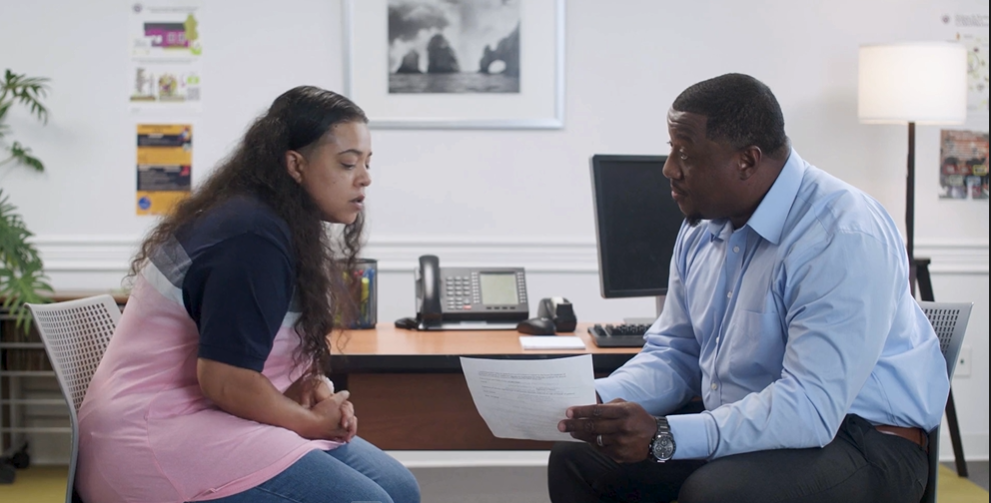The resources within this section are provided to promote awareness and strengthen knowledge and skills for professionals who are seeking to understand and apply federal health privacy laws and regulations on the job, and for individuals and families to understand what their privacy rights are when accessing treatment for substance use and mental health conditions.
Topics
Featured Resources

During this webinar, we outlined recent changes to Part 2, the federal law that protects the confidentiality of substance use disorder (SUD) treatment records, and applied learning to common scenarios through interactive case studies. During the webinar, considerations for next steps regarding implementation of recent changes to the law were also discussed.

The U.S. Department of Health and Human Services (HHS), through the Office for Civil Rights (OCR) and the Substance Abuse and Mental Health Services Administration (SAMHSA), has announced proposed changes to the Confidentiality of Substance Use Disorder (SUD) Patient Records under 42 CFR part 2 (“Part 2”). This HHS Fact Sheet describes the proposed changes.
Search all resources
Enter search criteria in the form below to search resources.
Keywords
Topic
Type
Laws

Many patients receive substance use disorder ("SUD") treatment and related services at integrated healthcare facilities such as community mental health centers ("CMHCs") or certified community behavioral health clinics ("CCBHCs"). Some…

As substance use and mental health treatment services are increasingly delivered within integrated care settings it's essential for providers and administrators to understand how federal privacy protections - specifically 42…

42 CFR Part 2 (“Part 2”) protects the confidentiality of substance use disorder ("SUD") treatment records. Under Part 2, federally assisted SUD treatment programs are prohibited from disclosing patient-identifying information…

An Overview for Health Care Providers The 21st Century Cures Act Information Blocking Rule aims to promote patient access to health information and increase system interoperability by establishing penalties for…

First responders often gain access to sensitive information about people’s substance use disorders (SUD) and treatment. Protecting the privacy of this information is key to these individuals’ recovery. It also is required by law. This resource explains the limited circumstances under which two federal privacy laws apply to SUD information obtained by first responders. It also describes how these laws permit first responders to share protected information.

This resource addresses three common themes of questions from the CoE-PHI's July 2025 Webinar, Part 2 Final Rule: Implementing Changes to SUD Privacy Rules.

This module is designed to introduce you to the federal privacy laws that protect substance use disorder and mental health information. This includes HIPAA, 42 CFR Part 2, and FERPA.

Substance use providers can use this worksheet to guide conversations about consent to share information.

This video was developed for Substance Use Treatment Providers and is intended to model an effective, client-centered conversation between a Provider and their patient about concepts of privacy of substance use treatment information and navigating decisions about consenting to share treatment information.

Every provider should have a base knowledge about organization privacy policy and practice. Use this checklist to make sure you have all the facts.